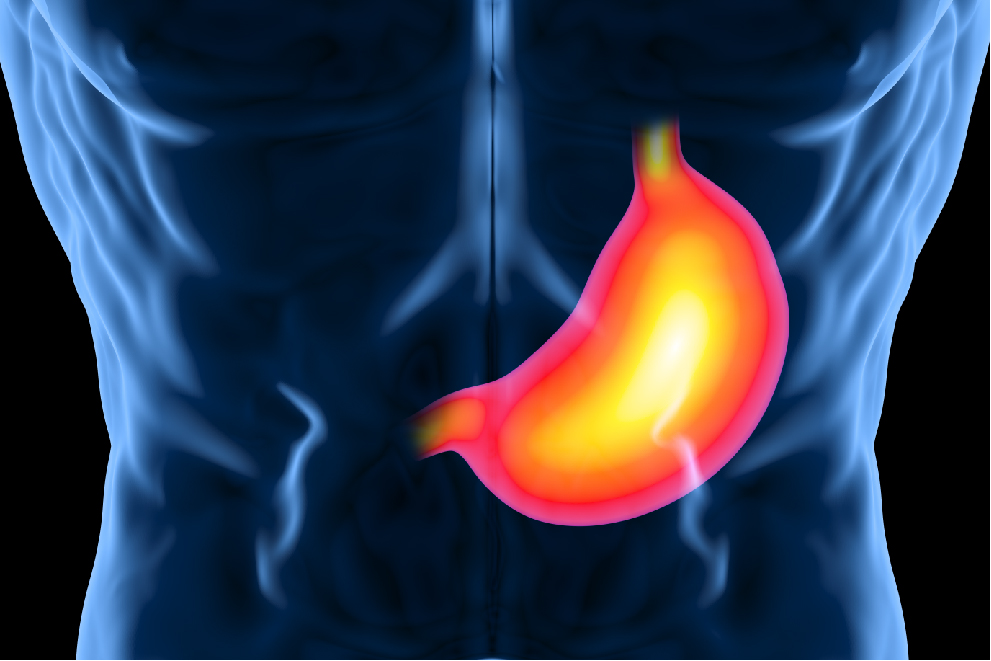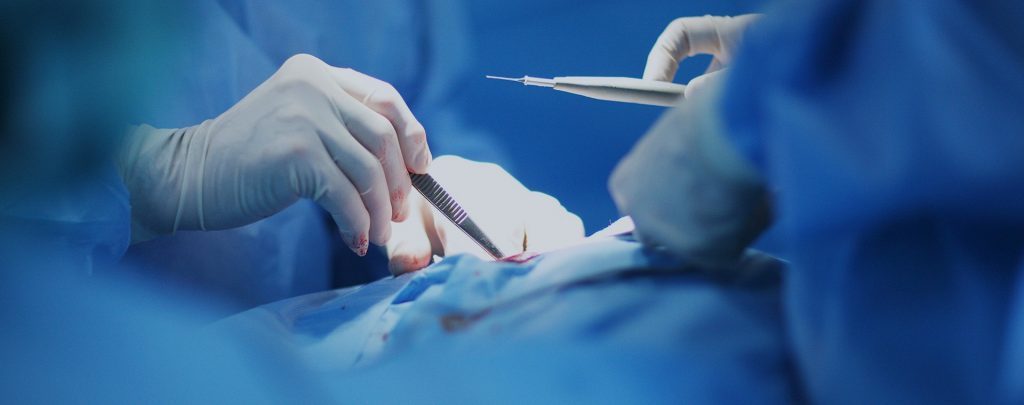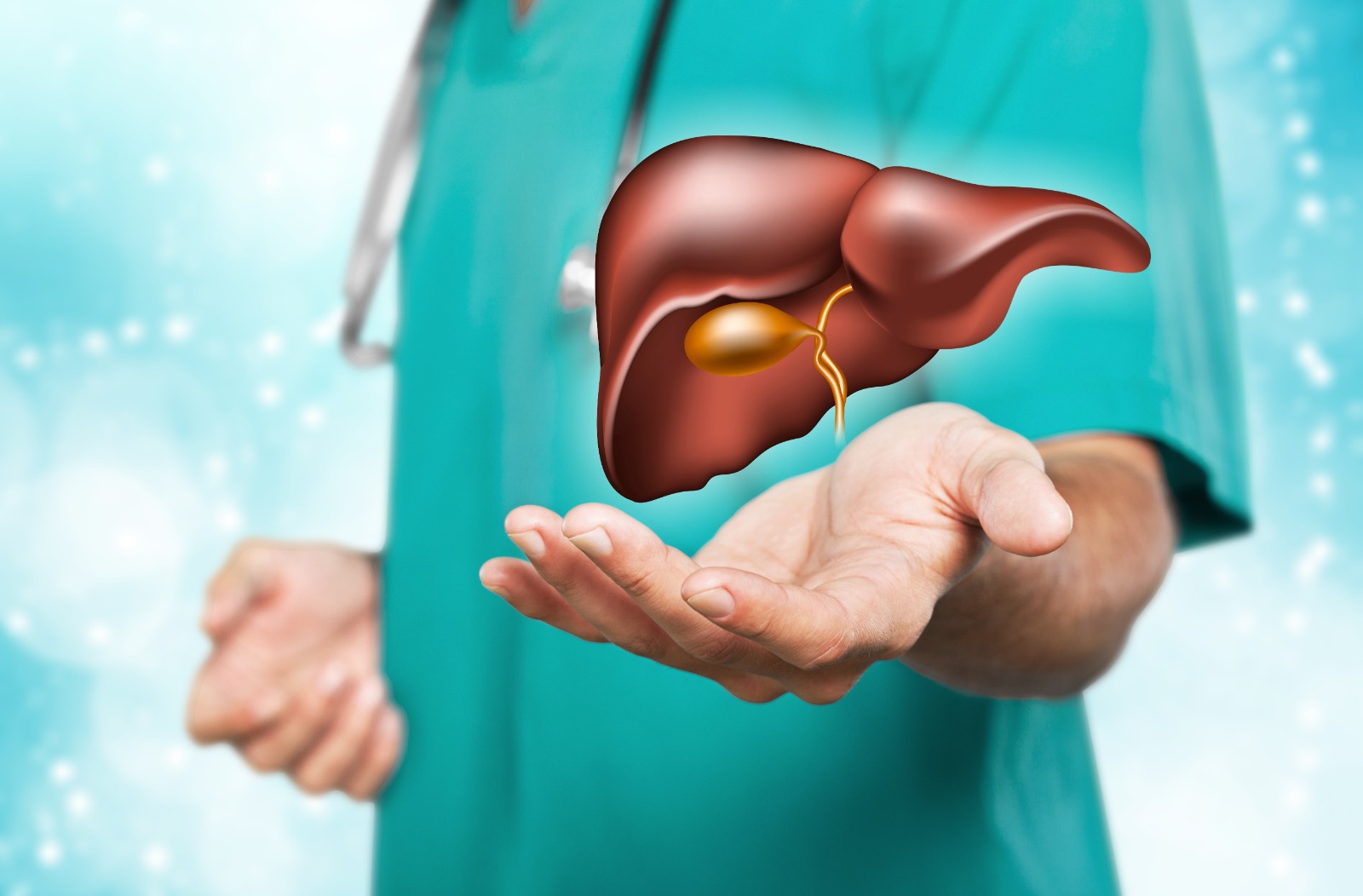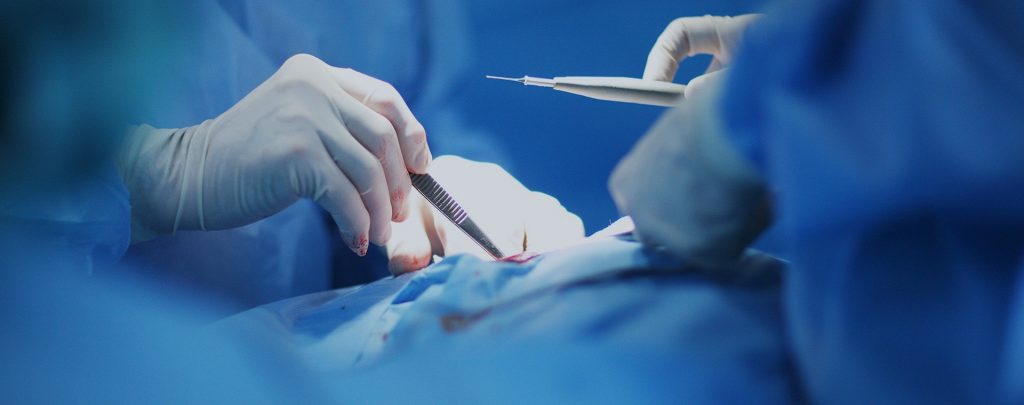Roux en Y Gastric Bypass (RYGB)
RYGB surgery works in 2 ways:
* Food intake is reduced by reducing the stomach volume (stomach volume is approximately 25-30 cc volume).
* The absorption of edible foods (especially high-calorie sugary foods) is prevented since most of the stomach, duodenum (12 fingers intestine) and the beginning part of the small intestine (jejunum) are disabled (bypass).
-Technically; Normally, food comes directly to the stomach from the esophagus and passes from there to the duodenum.
-Then, it proceeds in the small intestine and is excreted into the large intestine and from there.
-In the Roux-en-Y Gastric Bypass application, a new stomach pouch with a volume of approximately 25-30 cc is created by cutting and stitching the stomach with special staplers from the marked area.
-This newly formed small stomach is about 5-10% of the old stomach and therefore the amount of food taken is greatly reduced.
-The small intestine (jejunum) is cut from the marked area (approximately 30-50 cm) with the help of a stapler.
-The small intestine segment separated by cutting is connected to the small stomach pouch created above (anastomosis).
From the other hand, the other cut-end connection (marked area) is made to the small intestine segment, which is approximately 100-150 cm from this connection, and the process will be completed.
Following food intake, food comes from the esophagus to the small stomach and then passes directly to the small intestine (they do not pass through the first part of the large stomach, duodenum and jejunum).
Thus, since all of the foods do not visit these regions of the digestive system, which are responsible for absorption, they pass directly to the small intestine without being absorbed.
On the other hand, the secretions (stomach fluid, liver bile, pancreatic fluid and duodenal enzymes) coming from the deactivated areas pass to the common path by mixing with the foods from the place where the connection with the small intestine is made.










